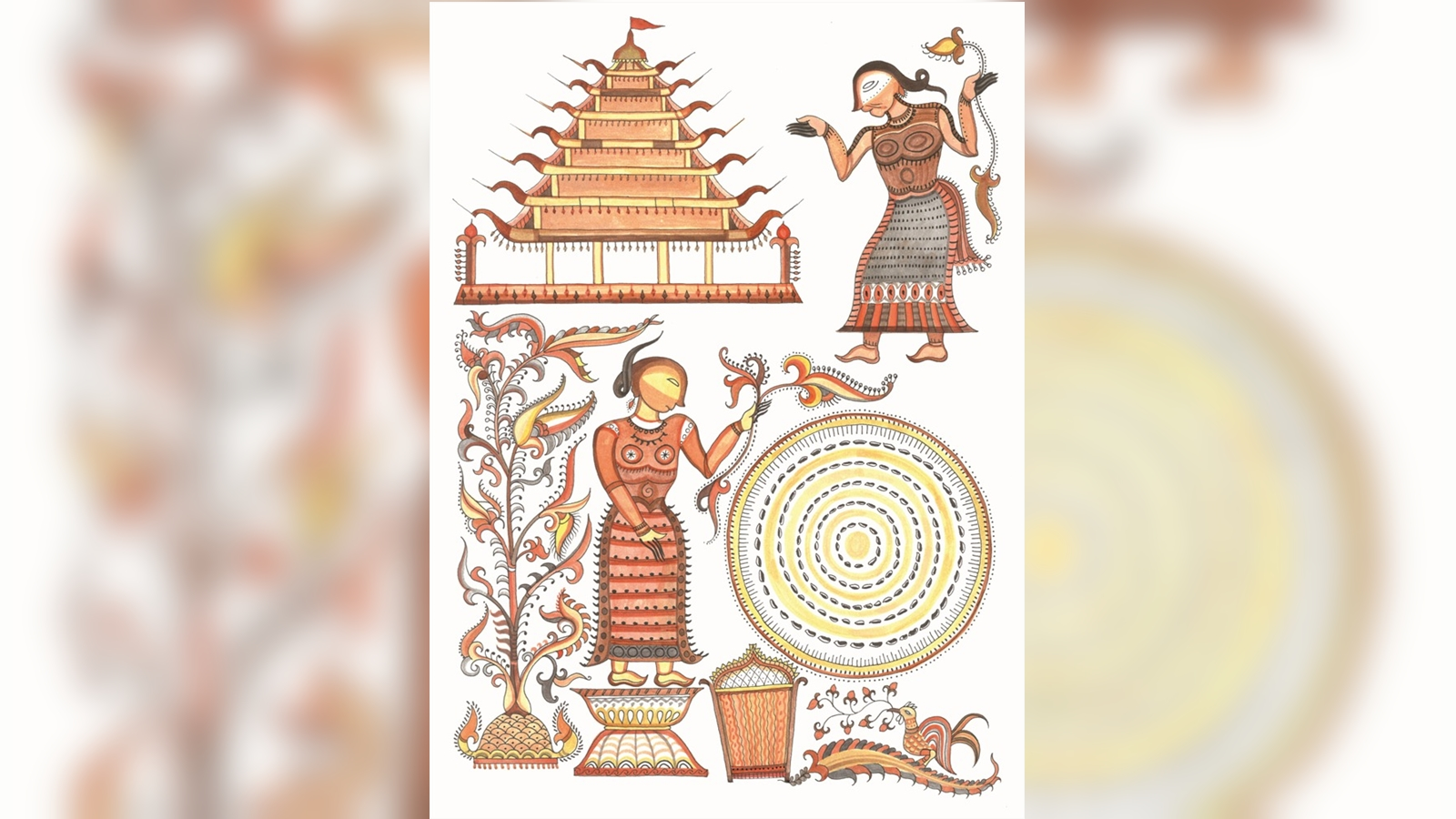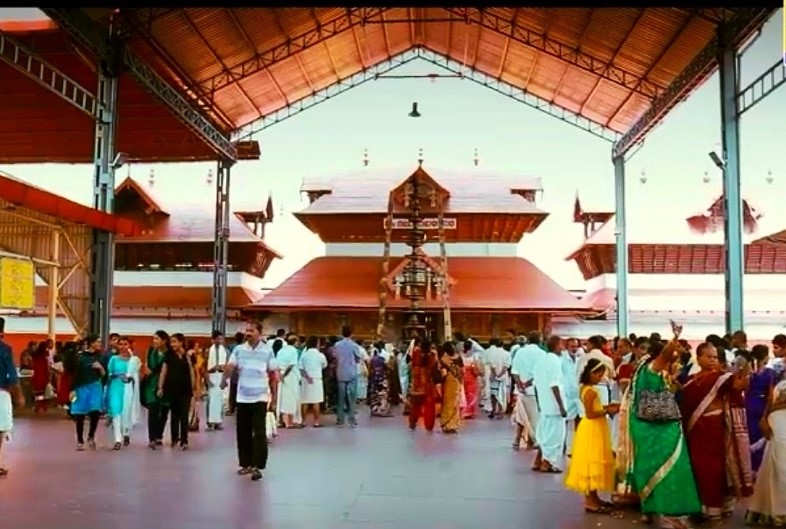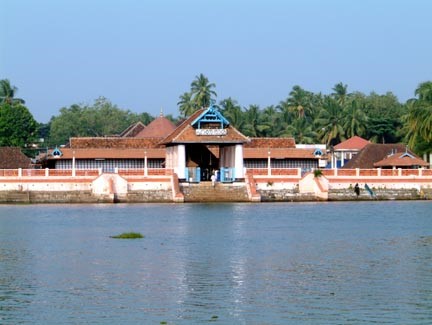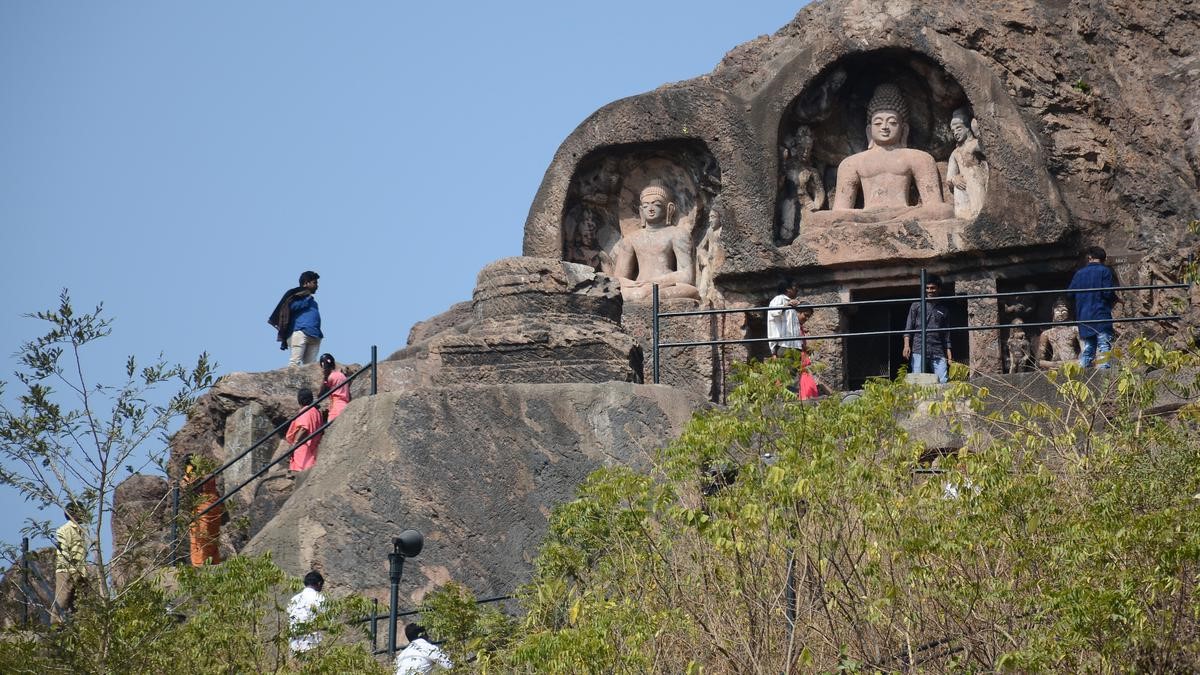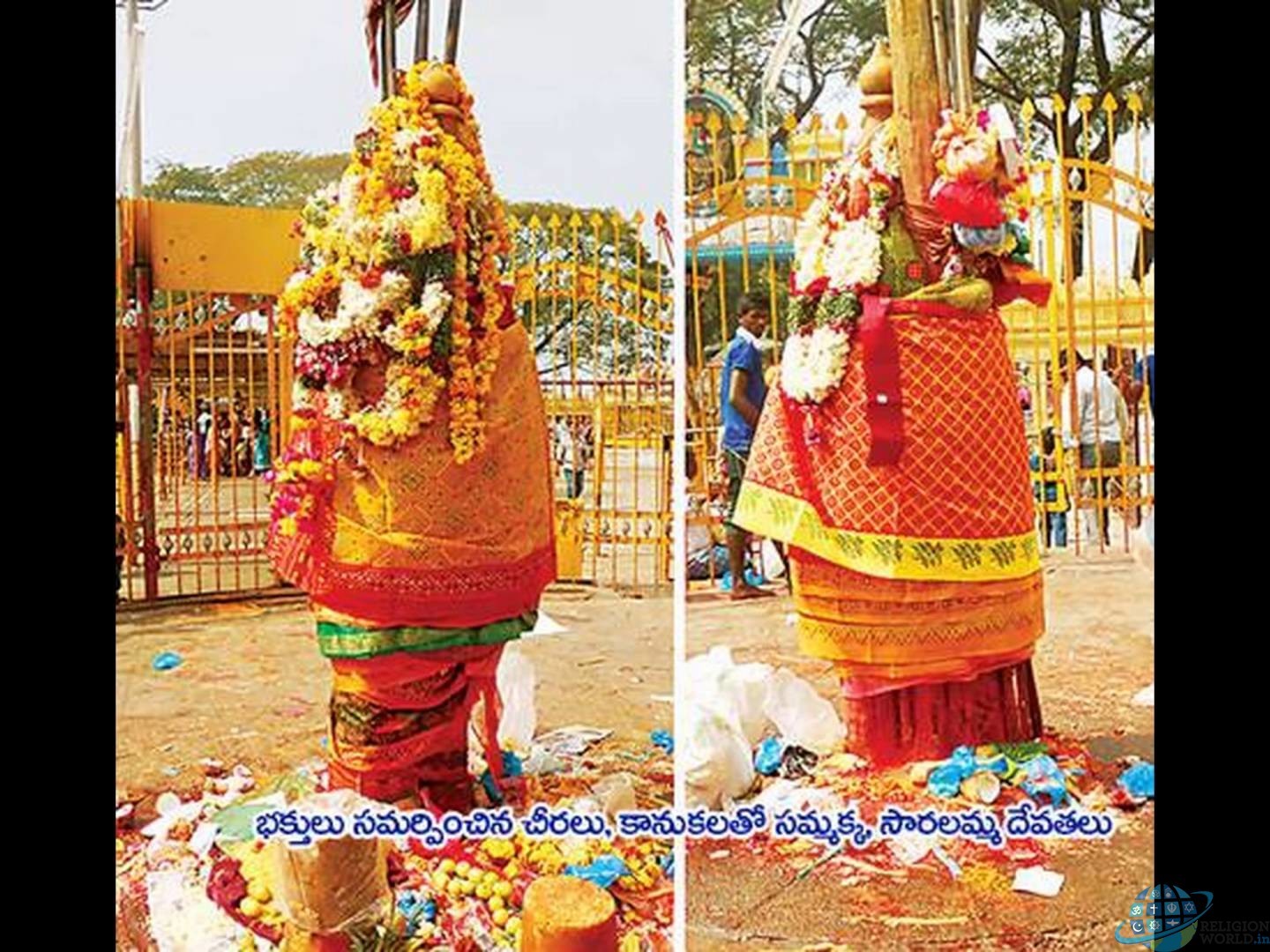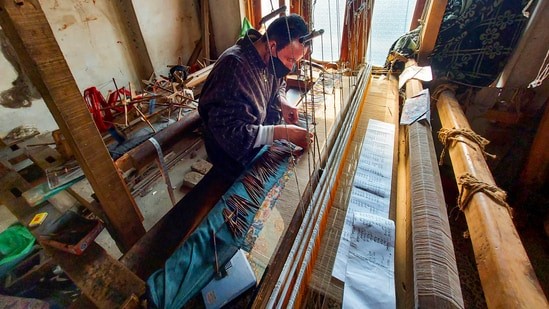Description
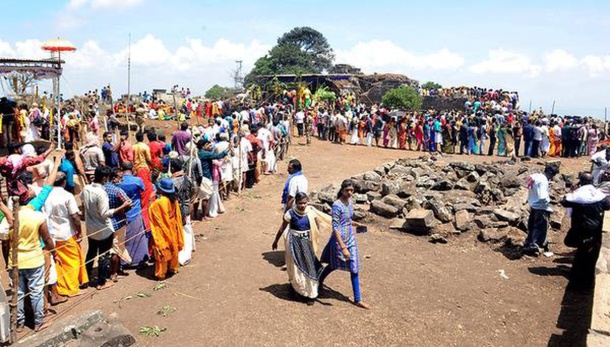
Copyright infringement is not intended
Context: After the relaxation of COVID-19-induced lockdown, the district administrations of Theni in Tamil Nadu and Idukki in Kerala have proposed to conduct the annual Kannagi festival at the famous Mangala Devi Temple.
About Mangala Devi Temple:
- It is situated between Tamil Nadu and Kerala forests.
- It was built around 2,500 years ago.
- Devotees would trek to the shrine two days prior to ‘Chitra Pournami’ every year.
About Kannagi:
- Pattini, known as Kannagi in Tamil Nadu, is the most popular female deity among Sinhalese Buddhists, the majority community in Sri Lanka.
- Kannagi, is a legendary Tamil woman who forms the central character of the Tamil epic Silapathikaram.
- Kannagi is described as the chaste woman who stays with her husband despite his unfaithfulness, their attempt to rebuild their marriage after her husband had lost everything but repented, how her husband is falsely framed then punished without the due checks and processes of justice.
- She is seen as being gifted with powers to relieve a devotee of doshas or planetary debilities, disease, infertility and sorrow.
- Kannagi or Kannaki Amman is worshiped as goddess Pattini in Sri Lanka by the Sinhalese Buddhists, Kannaki Amman by South Indian state of Kerala. Keralites believe Kannaki to be an incarnation of Goddess Bhadrakali.
- There are 35 texts on Pattini.
- Lanka’s link with the Pattini cult goes back to 2nd century AD when King Gajabahu attended the consecration of a temple for Kannagi built by Chera king Senguttuvan.
- The Pattini cult spread to other parts of the country due to various factors
- the cult had the sanction of Buddhism
- Sinhalese see Kannagi as the product of non- Hindu and non-Brahminical works like Silapathikaram and Manimekalai (the former being Jain and the latter, Buddhist)
https://www.thehindu.com/todays-paper/kannagi-temple-fest-on-april-16/article65280021.ece







